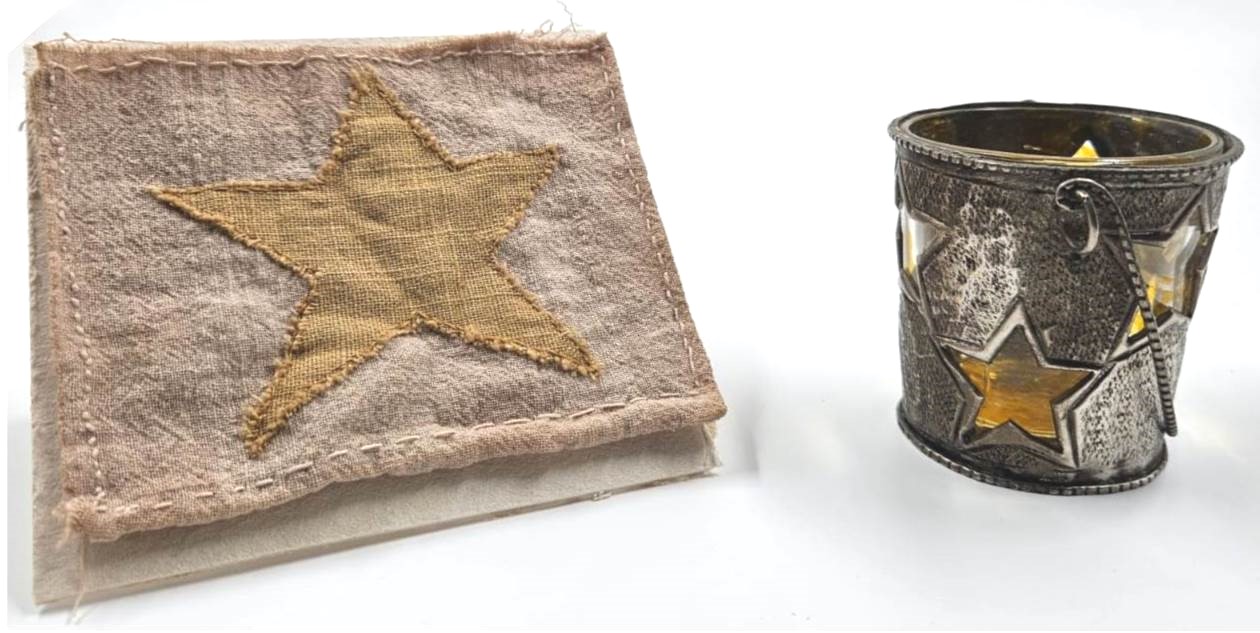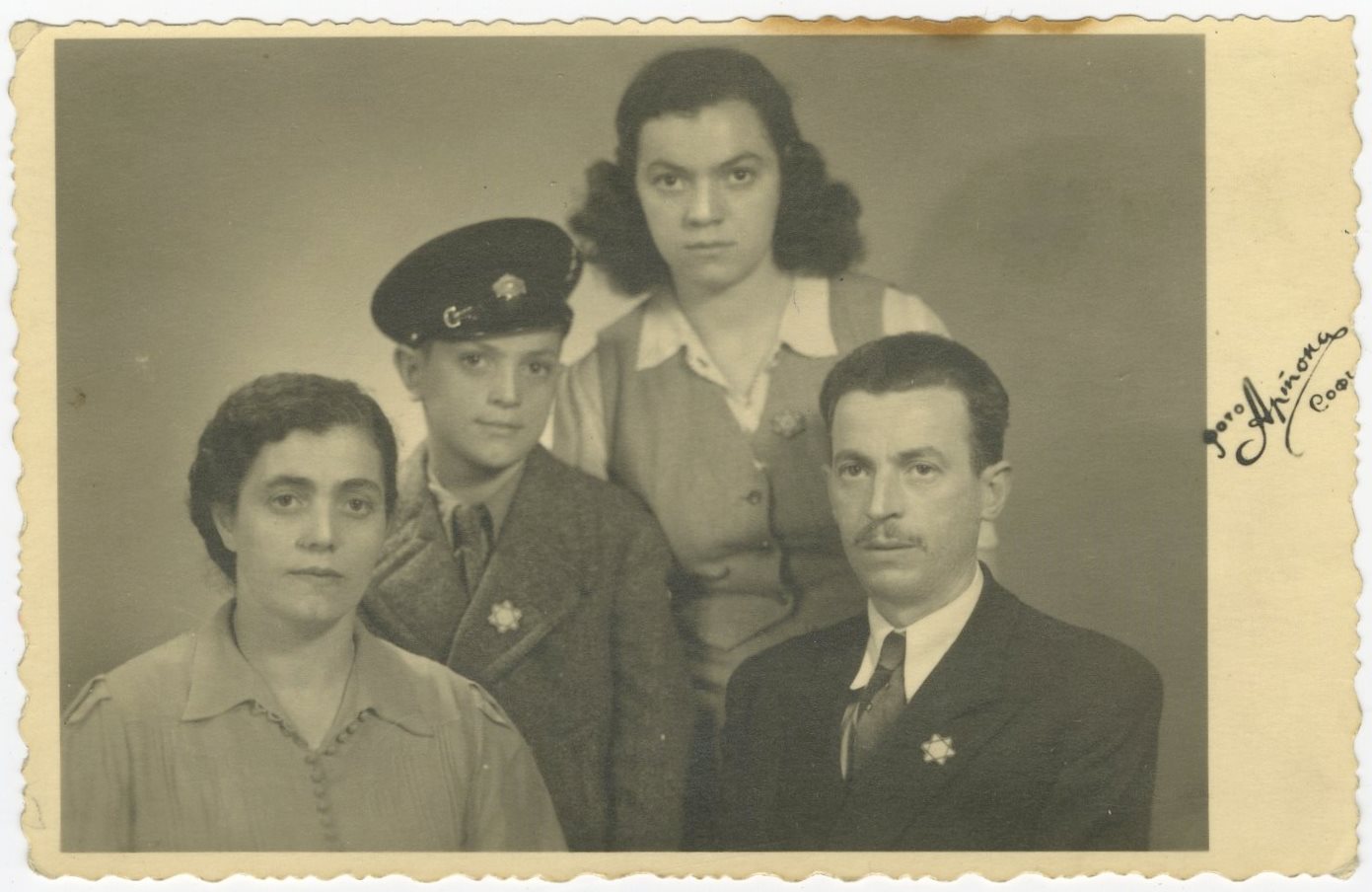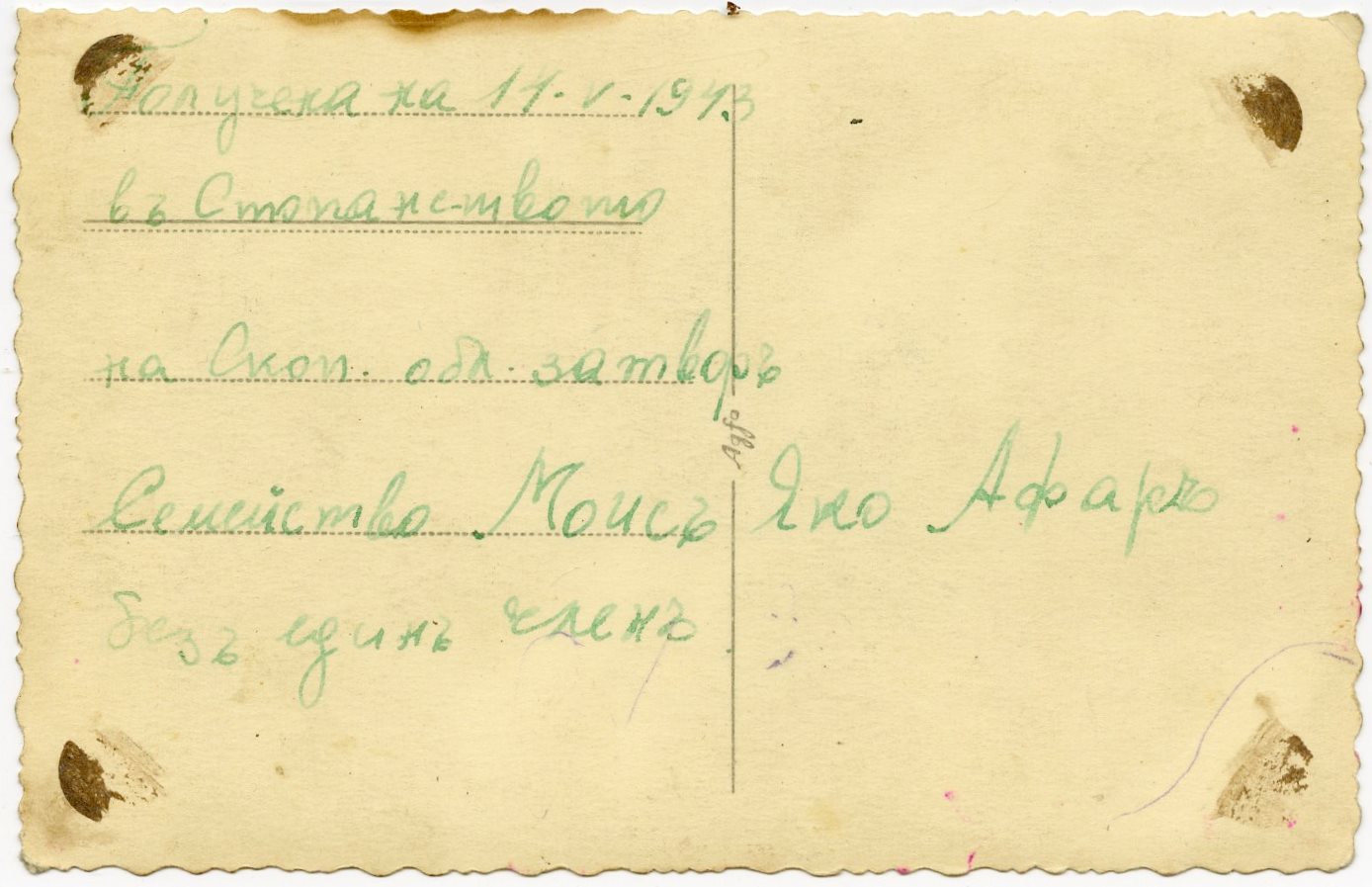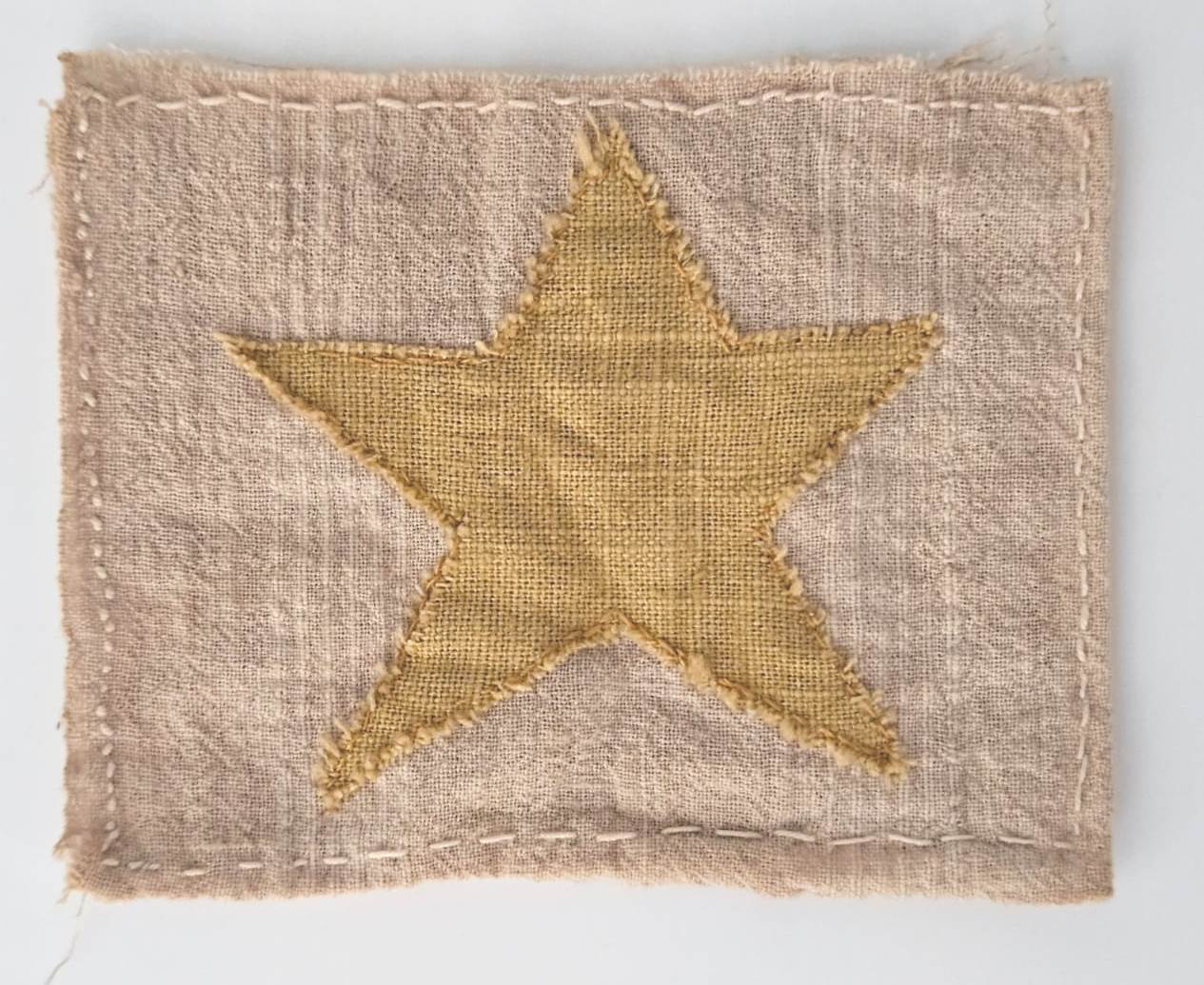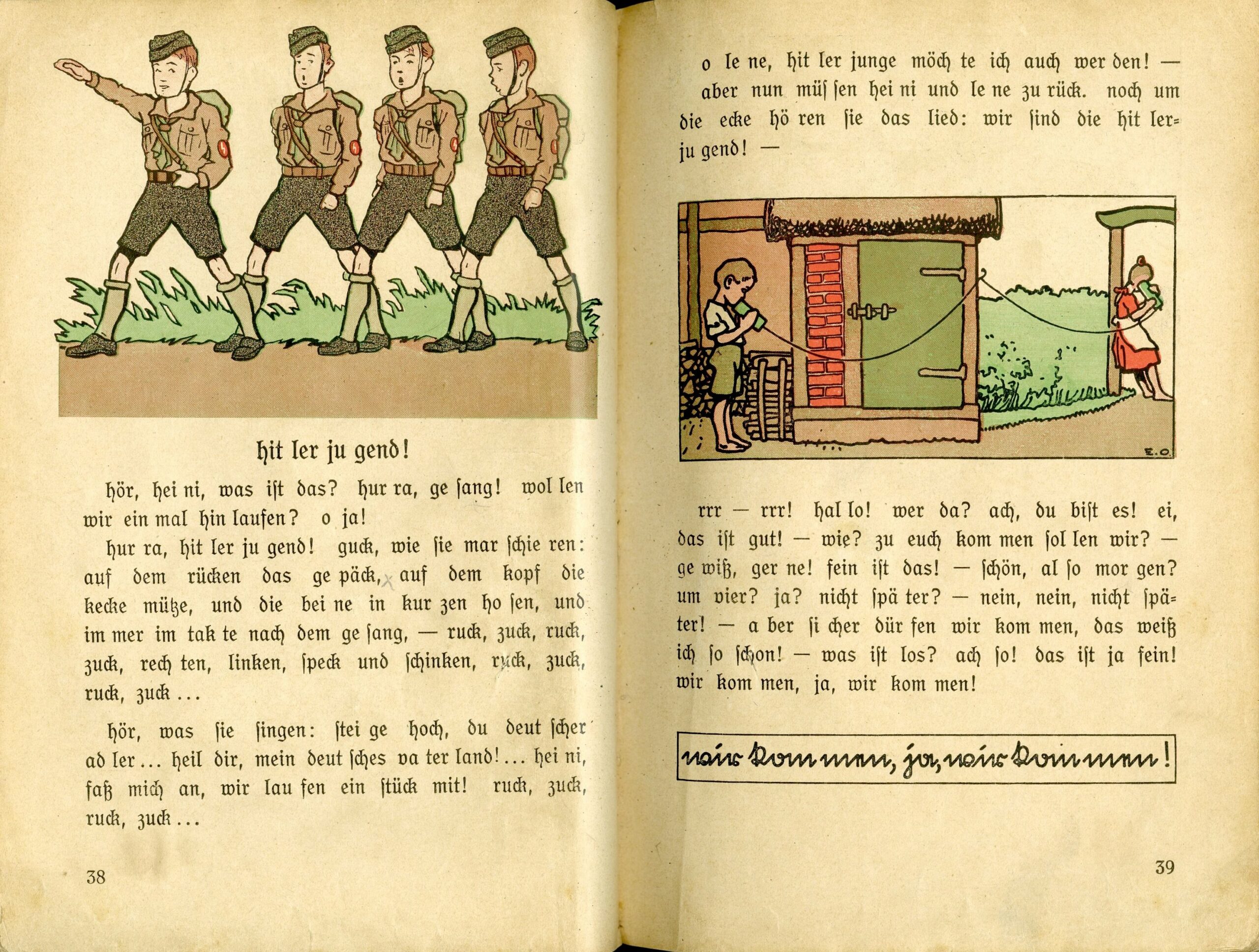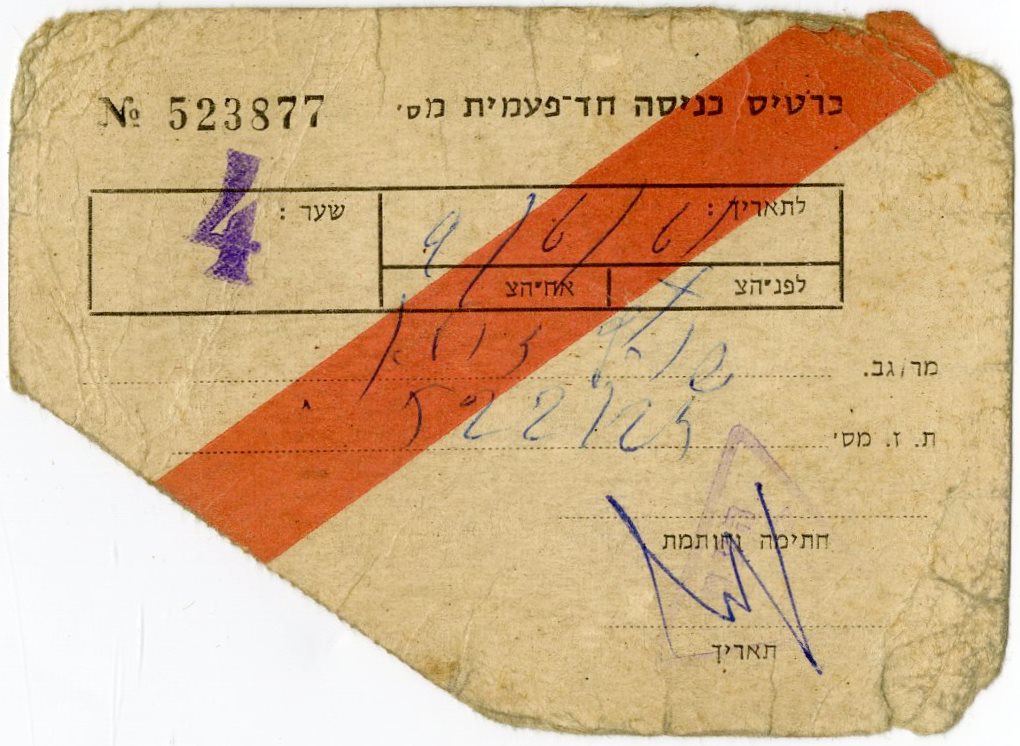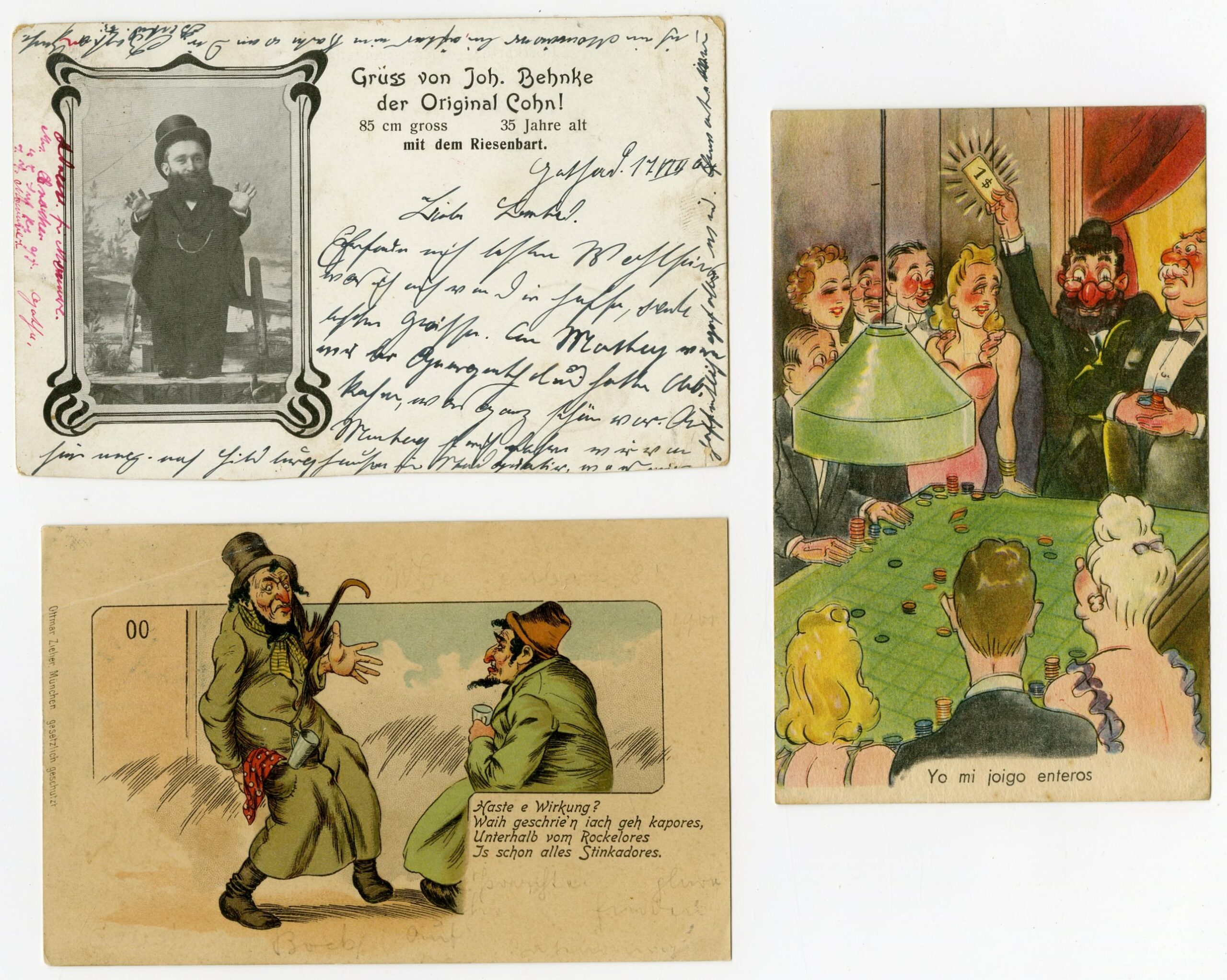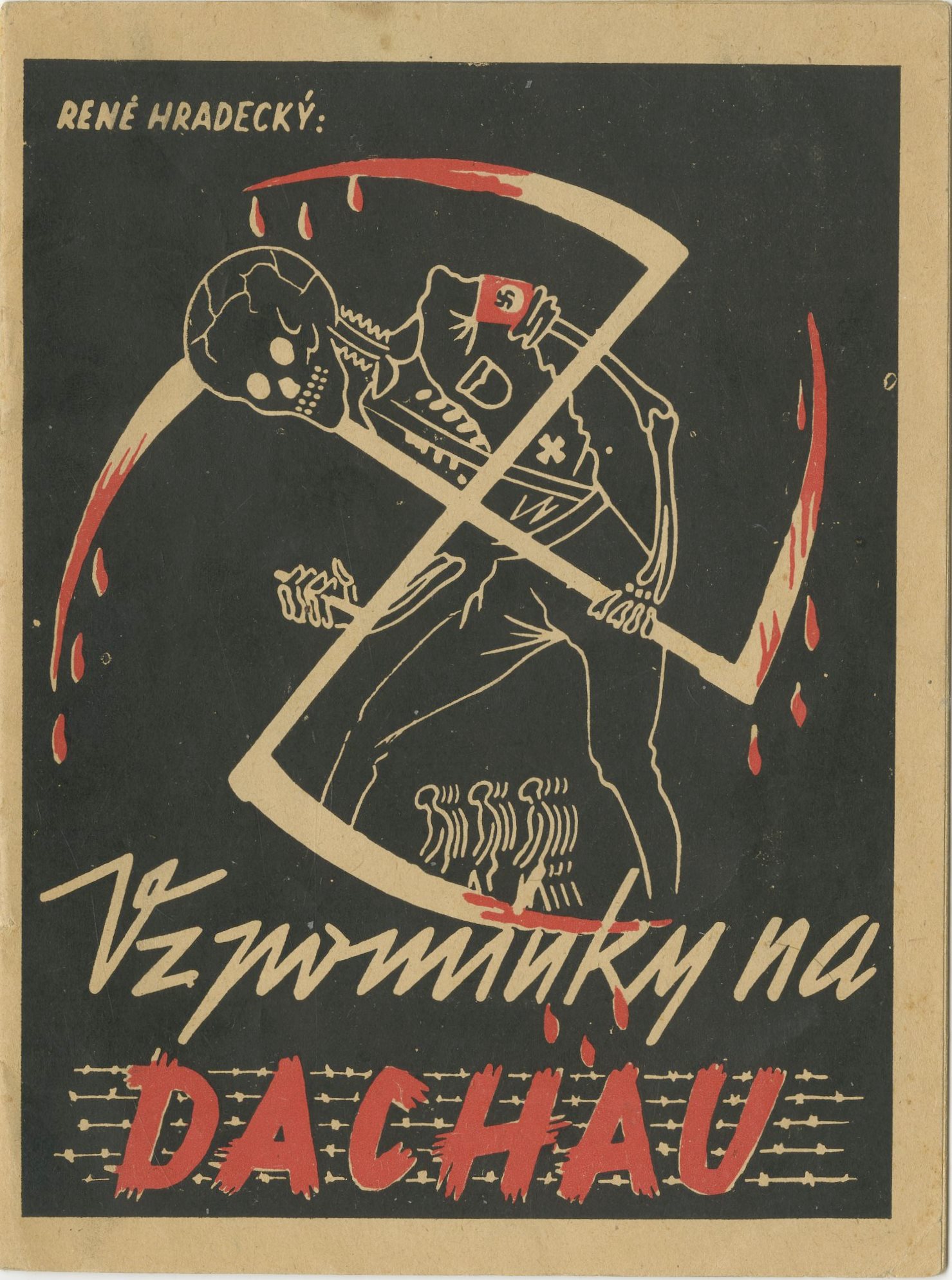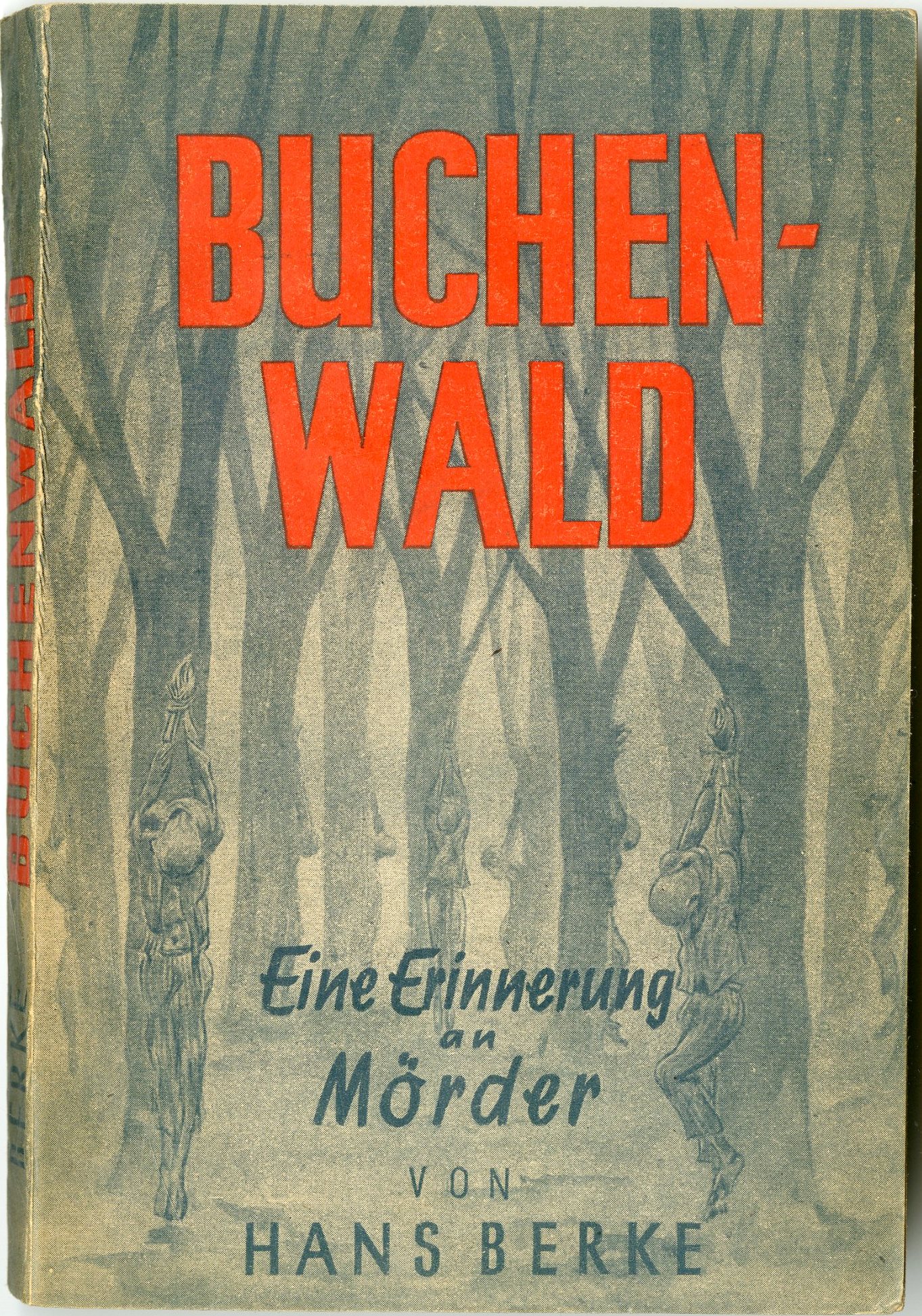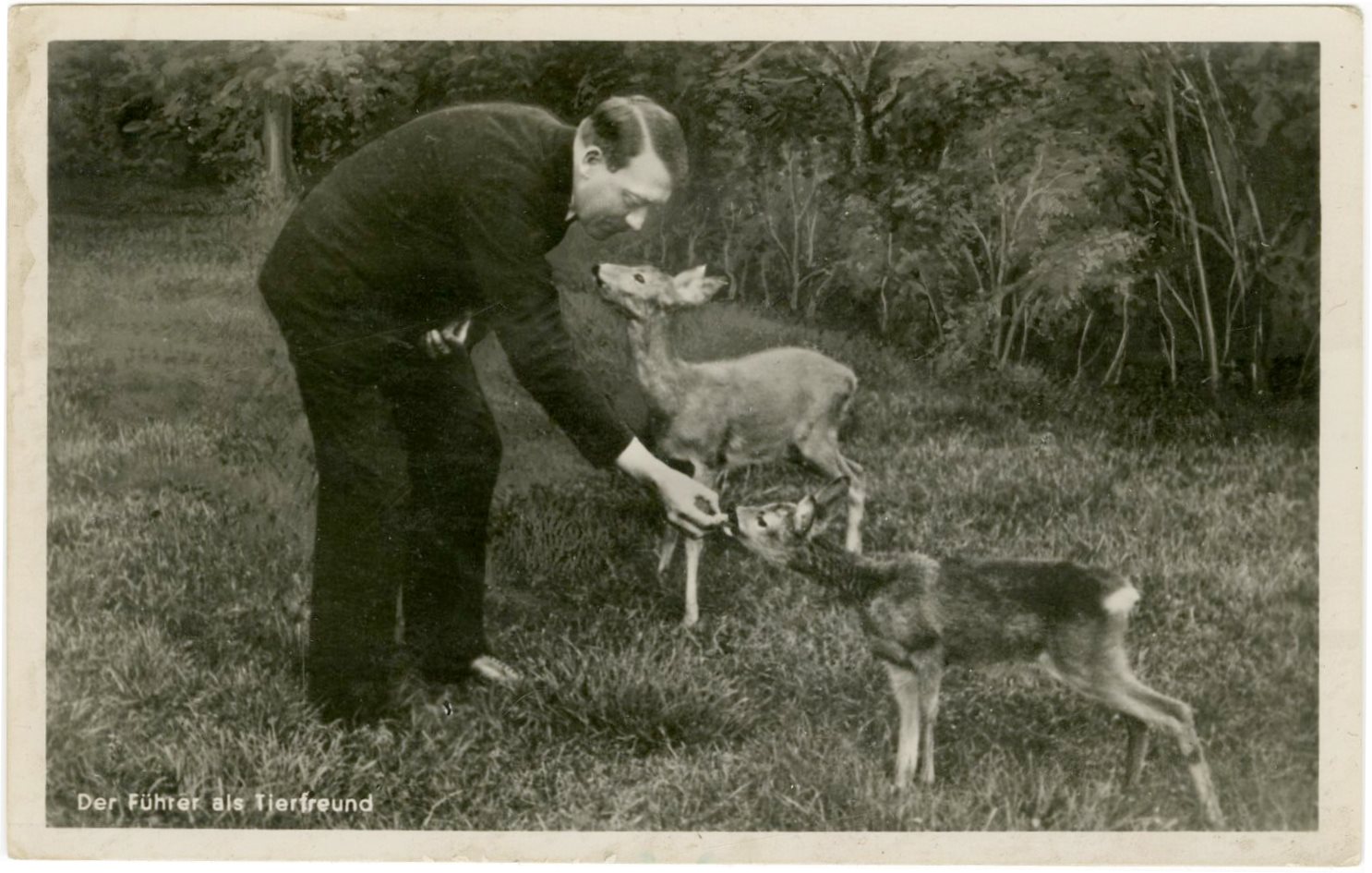Yellow badge of a Jew from Tunisia during the Holocaust years. Tunisia, early 1940s. Rare.
Memorial candle holder in the shape of a yellow badge. Decorated metal cup with holes in the shape of a Tunisian star badge. After the decree requiring Jews in Tunisia to wear a yellow badge, this cup was donated by a Jewish woman named Suzanne Hazan to the El Ghriba Synagogue (one of the ancient synagogues on the island of Djerba in Tunisia. The worshippers used to light a memorial candle in it, Djerba early 1940s. Museum item, extremely rare.
In March 1943, the Jews of Tunisia were required to wear a yellow badge as a mark of identification for Jewish forced laborers, but in fact this was not enforced due to Italian pressure. In practice this requirement was carried out in only two cities, in Sfax (a central and large city in Tunisia, where 100 Jewish workers were constantly required to unload military vehicles and build shelters) and partially also in Tunis. In other cities enforcement was not strict. This is the reason for the rarity of the Tunisian badge.
Tunisia was the only country among the muslim countries that was directly ruled by the Germans in the years 1940-1943. The laws of the Nazi regime discriminating against Jews including the wearing of the yellow badge also applied to the Jews of Tunisia. Many Tunisian Jews were sent to forced labor camps. On November 9, 1942, German and Italian forces entered Tunisia in response to the Allied invasion of Algeria and Morocco. The German invasion was accelerated when the Americans landed in North Africa. The Germans acted quickly in order to surpass the American forces that had arrived in the area. Handling Jewish affairs was transferred to the German-Italian command, headed by a German general. At the end of November 1942, the Germans took a first anti-Jewish step in the area with the arrest of four community leaders, including Moise Borgel, president of the community. The notables were released after a week following the intervention of other important people such as the mayor of Tunis and the Italian consul.
It is reasonable to assume that if the German army had stayed in Tunisia, the situation of the Jews would have worsened. But this army, which was composed of isolated weak soldiers, was an army marked by lack of discipline and self-confidence, was surrounded by the Allies from all directions with no possibility of retreat and invested all its forces in survival. On Friday, May 7, 1943, the Allies liberated Tunisia from the Germans. After six days the campaign in Tunisia came to an end. In 1946 the Jewish community in the capital city of Tunis numbered about 34,200. In 1945, a wave of immigration to Eretz Israel began, initially as illegal immigration and after the establishment of the State of Israel, legal immigration through the Jewish Agency and Youth Aliyah.
In 2015, the diary of the SS officer in Tunisia who was responsible for the order to mark the Jews with a yellow badge in this area was revealed - "I gave an order to mark with a yellow badge" - see here
Cloth piece 11x9 cm. Stains, good condition. Memorial candle holder, height: 6 cm. Diameter 5.8 cm. Transparent yellow paper on the inside, tears in the transparent paper. Good condition.

